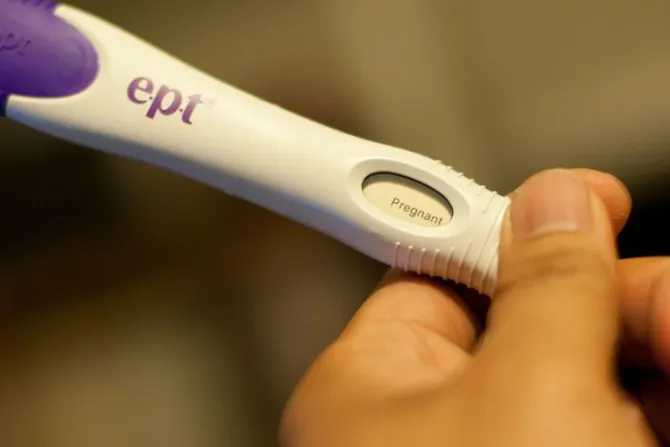"What you're doing this time [in a salpingectomy] is you're taking out damaged section of tube, and since it's removed it's cut off from its blood supply, and ultimately the little baby, the little fetus, will die," O'Sullivan explained.
"In the other two cases, the baby is going to die, too. But both of them are direct attacks on the baby itself. In this latter one, you primary intent is to remove the diseased section of the tube, and you know that the outcome of that will be the loss of the pregnancy."
Kevin Miller, a Catholic moral theologian at Franciscan University of Steubenville, agreed.
"I think it is somewhere between extremely hard and impossible to conceptualize [methotrexate] administration for ectopic pregnancy as anything other than direct killing of the embryo," he said.
"The embryo's death is the chosen means to the end of resolving the ectopic pregnancy and saving the mother from possible hemorrhage – it is not a 'side effect.'"
"Wait and see"- i.e. not taking any action, and waiting to see if the embryo will naturally dislodge itself- is an option, O'Sullivan said, but this option demands thorough conversation between the patient and physician, and both must be perfectly willing to accept the risk that while they are waiting, the tube could rupture, causing an acute emergency.
"It takes a great deal of counseling, and understanding, and cooperation on the part of both the patient and physician," she said.
Dr. O'Sullivan said in her experience, in the hospitals she has worked in, patients facing an ectopic pregnancy are offered each of the three treatment options and given the chance to choose for themselves.
"In this world of patient autonomy, often the patient is presented with what the options are, and sometimes they make the decision as to which procedure they would prefer," she explained.
The National Catholic Bioethics Center (NCBC) reports that incidences of ectopic pregnancy have increased by 600% in the United States in the last two decades.
"Epidemiologists from the Centers for Disease Control and Prevention attribute the rise to chlamydia and other sexually transmitted diseases that can scar the fallopian tubes, as well as failed tubal sterilizations and the increased use of drugs and surgery to induce ovulation. Other conditions, such as endometriosis, can also contribute to this pathology," the bioethics center says.
(Story continues below)
Subscribe to our daily newsletter
Some Catholic bioethicists defend salpingostomy as also being an acceptable procedure. It is a less mutilating procedure than a salpingectomy, and could potentially preserve future fertility, the main reasons doctors may choose it. O'Sullivan said she knows pro-life doctors who have performed salpingostomies.
O'Sullivan said she could find evidence of only two reported cases of a successful replantation of an ectopic pregnancy, one of which allegedly happened in 1917, with the doctor's case report the only evidence that it occurred.
"You have no way of proving that happened. You have to accept what the guy wrote," she commented.
She said the pregnancy would likely be at 5-6 weeks at the earliest before the doctor sees it, and trying to remove the embryo without damaging the amniotic sac, and trying to put it back into the uterine cavity through the cervix, is in her words "pie in the sky."
It also would be difficult to get a procedure like this through an institutional review board, O'Sullivan said, because it would be extremely dangerous to test on humans.
"There's absolutely no animal evidence that this would work, that I could find," O'Sullivan said.




